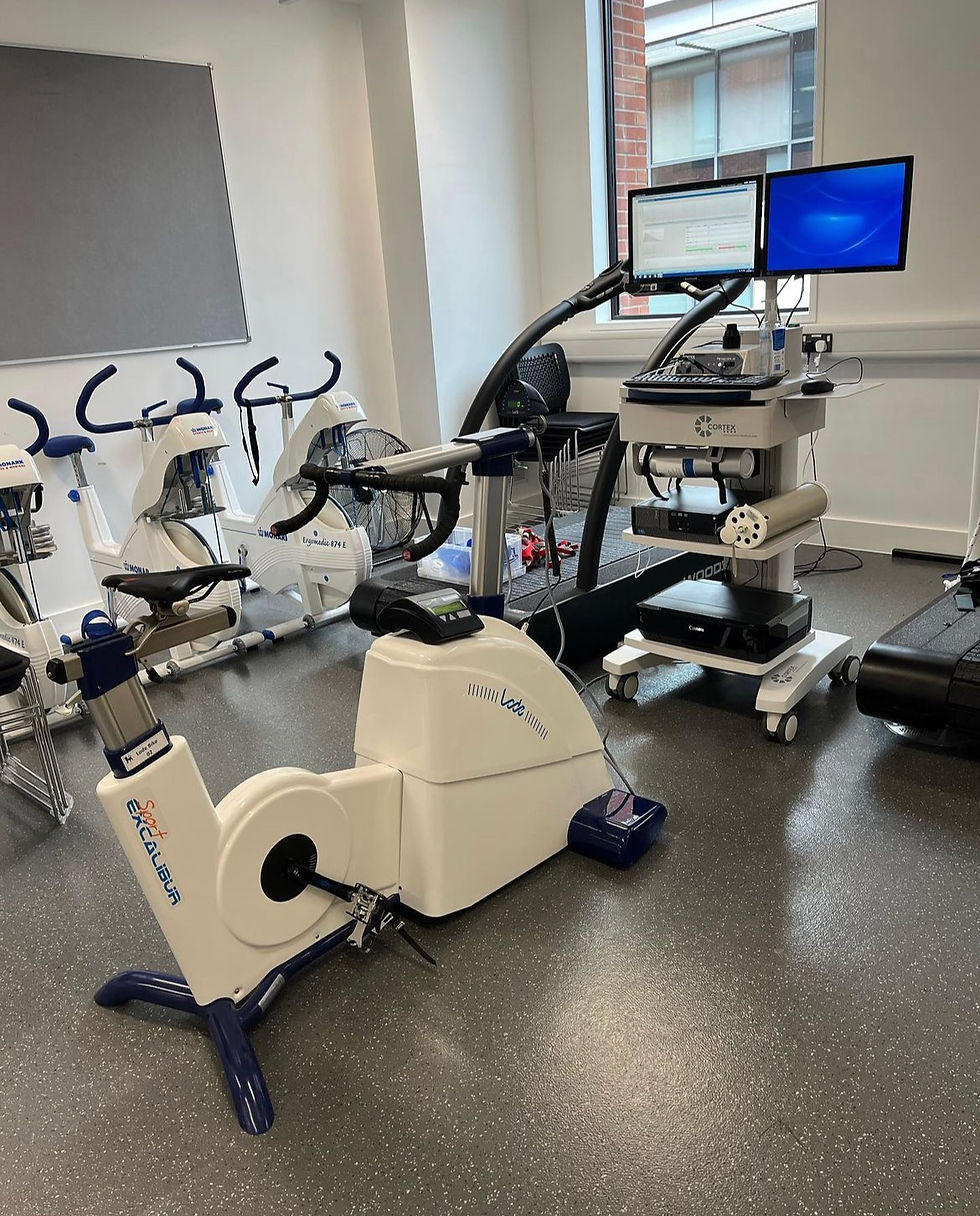Unleashing the Power Within: Understanding VO2 Max in Endurance Sports.
- realendurancemax
- May 15, 2023
- 2 min read

Endurance sports require athletes to push their limits and go the extra mile, literally. One crucial factor that plays a significant role in determining an athlete's performance and potential is their VO2 max. In this blog post, we will delve into the depths of VO2 max in endurance sports, exploring what it is, why it matters, and how athletes can optimize it to reach their full potential.
What is VO2 Max?
VO2 max, or maximal oxygen consumption, is a measure of the maximum amount of oxygen an individual can utilize during intense exercise. It is commonly expressed as milliliters of oxygen per minute per kilogram of body weight (ml/min/kg). In simple terms, it represents an athlete's aerobic capacity and indicates how effectively their body can deliver oxygen to the working muscles.
Why Does VO2 Max Matter in Endurance Sports?
VO2 max plays a crucial role in endurance sports performance for several reasons:
Enhanced Oxygen Delivery: A higher VO2 max allows an athlete's body to deliver more oxygen to the muscles, providing a greater energy supply for sustained effort over extended periods.
Delaying Fatigue: With a higher VO2 max, athletes can delay the onset of fatigue, enabling them to maintain a higher intensity for a more extended duration during competition.
Improved Efficiency: Increasing VO2 max often correlates with improved efficiency in utilizing oxygen, meaning athletes can generate more energy from the same amount of oxygen intake, resulting in enhanced overall performance.
Measuring VO2 Max:
VO2 max is typically measured in a laboratory setting through a graded exercise test. During this test, athletes perform progressively more challenging exercises while their oxygen consumption and heart rate are monitored. Although laboratory tests provide the most accurate results, field tests, such as time trials or hill climbs, can also provide useful estimates of an athlete's VO2 max.
Enhancing VO2 Max:
While genetics can influence an athlete's VO2 max potential, there are various strategies to enhance and optimize this crucial metric:
High-Intensity Interval Training (HIIT): Incorporating HIIT sessions into training routines can significantly improve VO2 max. Alternating between high-intensity bursts and active recovery periods challenges the cardiovascular system, promoting adaptations that boost oxygen utilization.
Long, Steady-State Endurance Training: Endurance training, characterized by moderate-intensity efforts sustained for extended durations, can help improve an athlete's aerobic capacity and efficiency.
Cross-Training and Variety: Engaging in different endurance activities such as swimming, cycling, and running can challenge the body in diverse ways, stimulating adaptations that can improve VO2 max.
Strength Training: Integrating strength training exercises into the training regimen can enhance overall muscular strength and power, supporting improved performance and efficiency during endurance activities.
Proper Nutrition and Recovery: Adequate nutrition, hydration, and rest are fundamental for optimizing VO2 max. Providing the body with the necessary nutrients and allowing sufficient recovery time ensures peak performance and efficient physiological adaptations.
Conclusion:
VO2 max is a fundamental metric in endurance sports that directly impacts an athlete's performance and potential. By understanding the significance of VO2 max and implementing training strategies tailored to enhance it, athletes can unlock their true capabilities and achieve new levels of success. Remember, VO2 max is just one piece of the puzzle, but optimizing it can be a game-changer in the world of endurance sports. So, lace up those shoes, dive into the training, and unleash the power within!






Comments